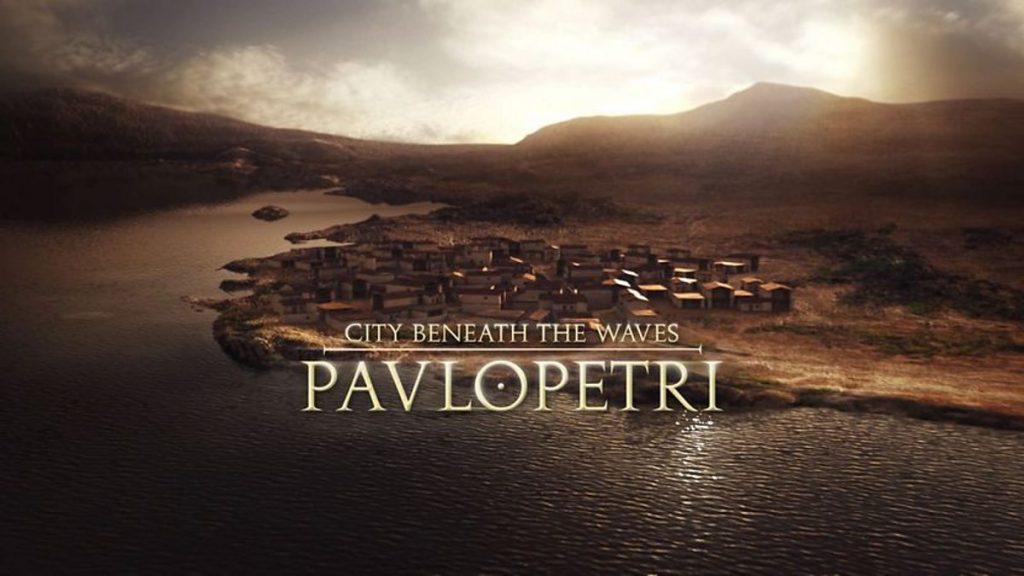Pavlopetri – The City Beneath the Waves: Just off the southern coast of mainland Greece lies the oldest submerged city in the world. It thrived for 2,000 years during the time that saw the birth of western civilisation. An international team of experts uses cutting-edge technology to prise age-old secrets from the complex of streets and stone buildings that lie less than five metres below the surface of the ocean. State-of-the-art CGI helps to raise the city from the seabed, revealing for the first time in 3,500 years how Pavlopetri would once have looked and operated.
Underwater archaeologist Dr Jon Henderson leads the project in collaboration with Nic Flemming, the man whose hunch led to the discovery of Pavlopetri in 1967, and a team from the Hellenic Ministry of Culture. Working alongside the archaeologists are a team from the Australian Centre for Field Robotics.
The teams scour the ocean floor, looking for artefacts. The site is littered with thousands of fragments, each providing valuable clues about the everyday lives of the people of Pavlopetri. From the buildings to the trade goods to the everyday tableware, each artefact provides a window into a forgotten world.
Together these precious relics provide us with a window to a time when Pavlopetri would have been at its height, showing us what life was like in this distant age and revealing how this city marks the start of western civilisation.
Pavlopetri – The City Beneath the Waves
The city of Pavlopetri, underwater off the coast of southern Laconia in Peloponnese, Greece, is about 5,000 years old, making it one of the oldest submerged lost cities, as well as the oldest in the Mediterranean sea. Pavlopetri is unique in having an almost complete town plan, including streets, buildings, and tombs.
Discovered in 1967 by Nicholas Flemming and mapped in 1968 by a team of archaeologists from Cambridge, Pavlopetri is located between the islet of Pavlopetri and the Pounta coast of Laconia on the Peloponnese peninsula. The site is northeast of the village on the island of Elafonisos. The archeological site as well as the islet and the surrounding sea area are within the region of the Elafonisos Municipality, the old “Onou Gnathos” peninsula (according to Pausanias).
The city of Pavlopetri is part of the underwater cultural heritage as defined by the UNESCO in the UNESCO Convention on the Protection of the Underwater Cultural Heritage. All traces of human existence underwater which are one hundred years old or more are protected by the UNESCO Convention on the Protection of the Underwater Cultural Heritage. This convention aims at preventing the destruction or loss of historic and cultural information and looting. It helps states’ parties to protect their underwater cultural heritage with an international legal framework.
